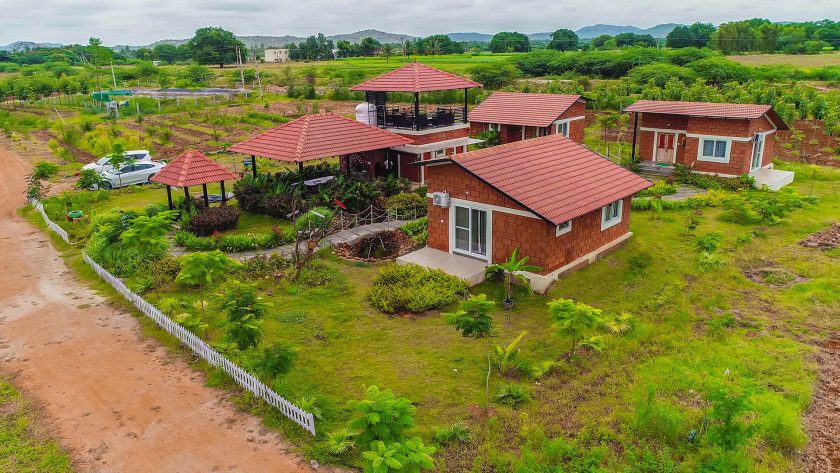Irrigation – “the science of artificial application of water to the land or soil.” The first signs of irrigation, and therefore agriculture land for sale near bangalore, appeared about 10,000 years ago, and the infancy of trickle drip irrigation about 6000 BC. Before this, humans were Hunter Gatherers, collecting their food from what they would find around them. Often, these people were nomadic, following the game and the plant growth which were, in turn, following the seasons. Although there are still some hunter-gatherer societies to be found today, the vast majority of the world’s population now relies on farming and agriculture for its sustenance.
According to the United States Geological Survey, nearly 60% of the world’s fresh water, drawn from wells, rivers, or lakes, goes toward the irrigation of crops for both humans and animals. As the worlds population explodes past 7 billion, the need for quality food is growing. This is putting a burden on the world’s water supply. According to the Food and Water Watch Foundation, there are 1.4 billion people living without clean drinking water. How can we justify many of the present irrigation practices where so much fresh water is wasted through evaporation and runoff?
As early as 6000BC, many societies were using irrigation, often based on flooding during the rainy season, and harvesting water during the rest of the year. Archaeology has shown that Pre-Columbian America, sub-Saharan Africa, Persia (modern day Iran), Egypt, and China, to name just a few, were developing water catchment systems, building dams and expansive networks of irrigation canals as far back as 4000-6000BC. The first evidence of the use of drip irrigation was also found around this time period. Clay pots were buried in the ground and filled with water, which would slowly seep into the surrounding soils where crops were planted.
Modern trickle drip irrigation had its infancy in 1866, when Afghanistan farmers and researchers started using clay pipes for both irrigation and drainage. Although a professor at Colorado State University in Ft. Collins, E.B. House, experimented with applying water directly to the roots of plants as early as 1913, he came to the conclusion that this system was too expensive, and the practice went by the wayside. With the invention of plastic pipe, things began to change. By the 1960s, soaker hoses and drip tape were being used, but had the problem of clogging rapidly from the minerals in the water. Ironically, the driest places on earth, which need drip irrigation the most, tend to have the hardest water, containing the most minerals which, in turn, clog the system.
With the invention of the sprinkler in the 1930s, farming and agriculture took on a whole new aspect. Now vast areas of dry prairie could be planted with a variety of water-hungry crops. With the advent of Center Pivot Irrigation, even more land was being irrigated above ground, where evaporation and wind carry off a large percentage of the water before it reaches the roots. Who has not looked out a plane window while flying across barren land, only to see hundreds or thousands of perfectly round circles of bright green, only to wonder at the amount of water it must have taken to accomplish this feat.



